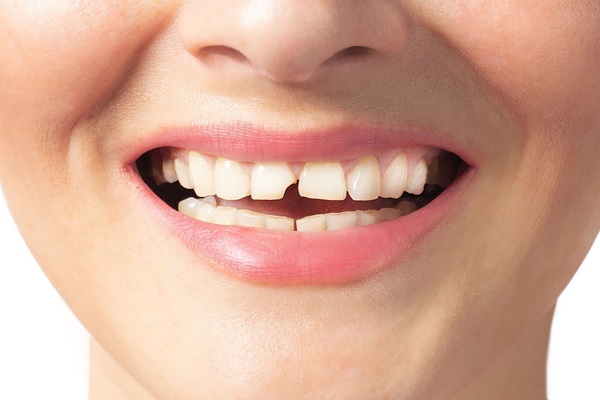Aftercare: Dental Crown Procedure

For many patients, a dental crown is a necessary procedure that is used to help restore a tooth. It is most often needed to repair teeth that have become damaged, decayed, misshapen or discolored. After the tooth is fixed, the crown caps it to restore its appearance and function. While the procedure itself is simple, it is imperative that dental patients follow proper aftercare procedures for fast and proper healing to ensure the longevity of the restoration.
Post-operative crown care information
The following details the proper care dental patients need to adhere to for both temporary and permanent crowns.
Temporary crowns
Temporary crowns are more fragile and extra care is needed to ensure the restoration sets properly and does not crack or fall out. Patients should abstain from eating and drinking for at least 30 minutes following the placement of the temporary cap so the cement can dry. It is important to avoid chewing gum and eating foods that are chewy, hard or sticky as these can dislocate the restoration. Patients should also chew on the opposite side of the mouth from where the crown is placed as much as possible. Tooth brushing should be done gently, and flossing directly around the temporary cap is not recommended.
The temporary crown is typically worn for a period of a few weeks before a permanent one is ready to be placed. A temporary cap that is properly cared for should last until the permanent one is ready to be placed. However, if the temporary does break or fall out, patients should call the dentist office as soon as possible. The dentist may want to replace it while waiting for the permanent cap to come in.
Permanent crowns
It is also important to avoid eating hard and sticky foods or chewing gum during the first 24 hours after a permanent crown is placed while the cement sets. Brushing teeth is allowed, but patients may want to floss more gently during the healing period. The tooth and gums may be sore for the first few days following the restoration, so dentists often advise patients to eat softer foods during the recovery period.
Recovery
The recovery period after the placement of a dental crown is typically a few days. Patients may experience some inflammation, sensitivity and irritation following the procedure that should subside within a week or two. Warm salt water rinses a few times a day are recommended to help reduce swelling of the gums. Any pain issues should be easily managed with over-the-counter medications. If there is still discomfort, soreness or trouble biting after the recovery period, patients are advised to go back to the dentist to make sure the crown does not need any adjustments.
Conclusion
It is vital for patients who have had a dental crown placed to follow proper aftercare instructions for the procedure. Taking diligent care of the restoration can keep the crown strong and ensure a beautiful and lasting smile.
Request an appointment here: https://brimhalldentalgroup.com or call Brimhall Dental Group at (661) 249-1122 for an appointment in our Bakersfield office.
Check out what others are saying about our services on Yelp: Read our Yelp reviews.
Recent Posts
There are more tooth replacement options available today than ever before. Still, a large number of patients still opt for traditional dentures. This option offers advantages other tooth replacements do not, and these advantages make dentures a better choice for some patients.What is meant by “traditional dentures”Traditional dentures are custom-made appliances, usually composed of porcelain…
A chipped tooth can affect your smile's appearance and oral health, leading to discomfort, sensitivity, and self-esteem issues. Fortunately, there are several effective options to restore a tooth's natural look and strength. A variety of treatments are available, depending on the severity of the chip, its location, and your treatment goals.A chipped tooth can result…
Dentures are removable oral appliances that can replace some or all of a person's teeth. Partial and full dentures are among the most widely used tooth replacement options. If you are considering this smile restoration option and are wondering if you should consider full or partial dentures, here are some helpful things to know.Dentures can…
Considering dentures? Read on to learn more about this type of restoration. People dealing with complete or partial tooth loss and wishing to restore their dental health and the natural look of their teeth must select the right dentures. With all the developments in technology and materials, there are more choices than ever before, each…


